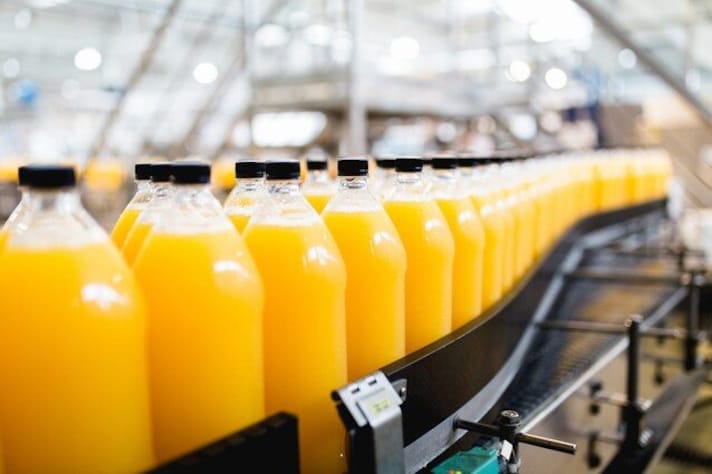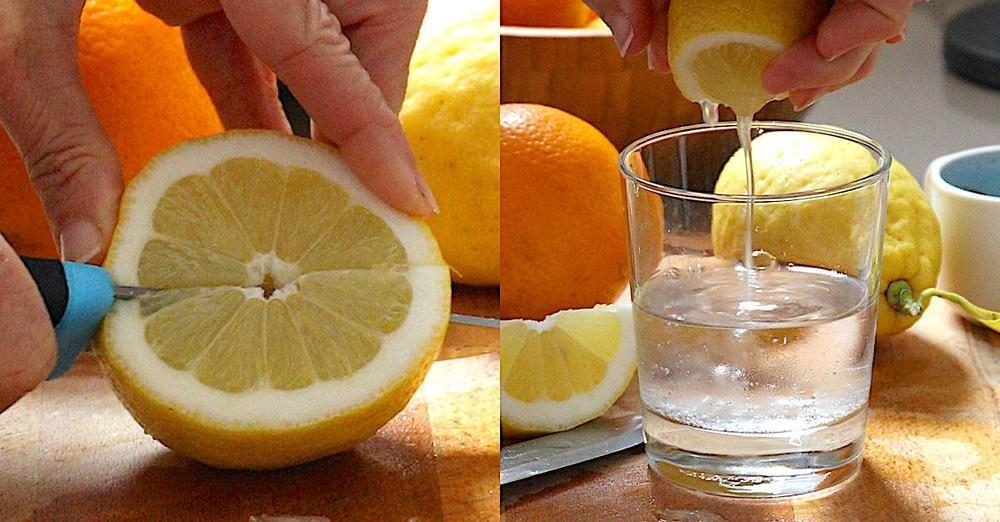Why Do We Drink Orange Juice in The Morning? Believe It or Not, It’s All Marketing!
In the 1920s, orange growers in America were having trouble selling oranges, so they came up with a new tradition that is still alive today around the world. The (brilliant) idea led, in spite of itself, to the blossoming of sugary fruit juices that then spread throughout the West.

Many nutritionists today recommend orange juice for breakfast because it is a real panacea for health: it strengthens the immune system, provides vitamins C, A and B9, contains mineral salts and antioxidants but we have only achieved all this thanks to a very clever marketing campaign. It may surprise you when you look at it with your eyes today, but we drink orange juice in the morning only because in the United States too many oranges were produced and the producers wanted to find a way to make money from it. Let's see all the details of this strange story.
Marketing and Scientific Discoveries Brought the Orange Into The Glass
The research that led to this discovery is from The Atlantic, which asked itself what led Americans to believe that oranges, in any form, were better than other foods in the morning. We must explain this thought, however: Americans drink sugary fruit juices for breakfast because our oranges do not have a pleasant flavor. From a nutritional point of view, these juices are not so far from carbonated drinks. In the United States, these juices are seen as healthy and rich in vitamins thanks to a huge marketing campaign by the Southern States (especially Florida and California) that at the beginning of the 20th century found themselves with a very high production of citrus fruits in the face of a market that was not yet developed.

In addition to advertising (focused on the happy family having breakfast with juice together), some very important discoveries came into play that changed the situation. Above all, the discovery of vitamin C (1921) and its health benefits: doctors began to recommend the consumption of citrus fruits, green leafy vegetables, peppers, tomatoes. Manufacturers saw an opportunity in this discovery and financed intense promotional campaigns with vitamin C and its health effects as the core of the advertising. By pure chance, in the 1920s, a collective psychosis broke out about acidosis, an imaginary disease "discovered" by Elmer McCollum, who was considered a luminary at the time. The disease would have caused weakness and shortness of breath in the case of excessive consumption of bread and milk, to be replaced with lettuce and oranges. Over the years, this theory was denied by everyone, but by then the idea that oranges were never enough in the American diet had germinated and manufacturers were happy and calm for over a decade.
The outbreak of war led to a new halt in the sale of oranges, but Americans are second to none in terms of sales strategies: in the K ration of Ancel Keys, the physiologist who theorized the Mediterranean diet and created the " schiscetta " for soldiers at the front, there were citrus fruits but they were water-soluble lemon crystals. They were so disgusting that the soldiers used them to clean their boots, totally inedible. Something good was urgently needed, easily packaged and that had nutritional properties: oranges came to the rescue, once again. The producers in Florida produced a concentrated juice, without water, to be frozen and shipped. The trick worked great but the war ended before the juice supplies, which were therefore put on the market: it was a resounding success. This " fresh-frozen ", as they called it, was good, cheap, had a very long expiration date and took little to prepare. For American families in the 1950s it was the solution to all morning problems.
Things Have Changed Since the 60s But Not Too Much
After decades of sailing among the economic magnates, even the orange producers found themselves facing a generational dilemma: the young people of the Sixties were asking questions about what they were being offered. Consumers read the labels and wondered if all that sugar was really good for their bodies. Among these consumers there were also some researchers who demonstrated how few benefits packaged fruit juice brought.

Unfortunately, however, the voice of these scientists was stifled by capitalism and in the United States the consumption of orange juice, initially created to dispose of excess fruit, exceeded (and by a lot) that of fresh oranges. Throughout the 70s, the dissenting voices gradually increased but absolutely no one cared and sales continued to grow until the 80s, when a national law required a change of direction, leading companies to produce juices as they still do today. The advertisements focused entirely on this novelty, sweeping under the carpet the enormous quantities of sugars and added flavors present in the drink to make it similar to a fresh orange. All this is possible due to the lack of regulation of food labels in America, which are still unclear. This leads to confusion and Americans are still convinced that fruit juices in the morning are good for you.
It must be said that we are seeing a real change in this paradigm in recent years: the American government has financed many awareness campaigns against carbonated and sugary drinks in favor of greater attention to healthy eating. Even labels have had a semblance of legislation: today it is illegal to write " all natural " on the packaging of drinks that do not have 100% real fruit inside. It may surprise you but until 2011 it was not like this.
;Resize,width=767;)
;Resize,width=712;)
;Resize,width=712;)
;Resize,width=712;)
